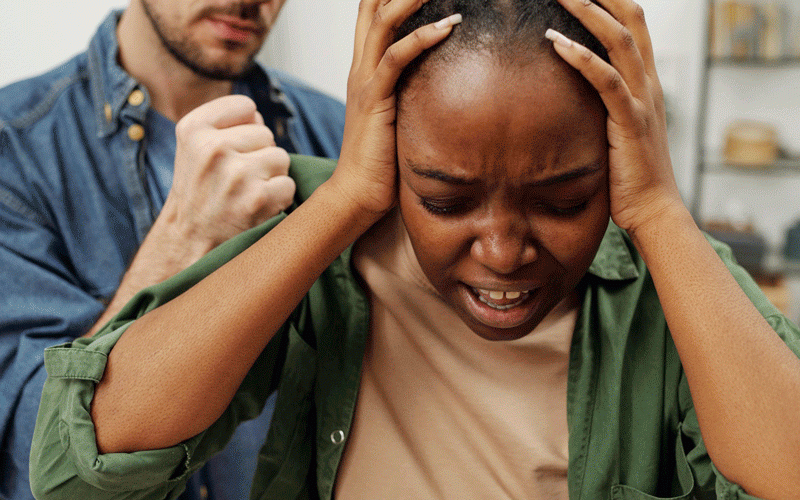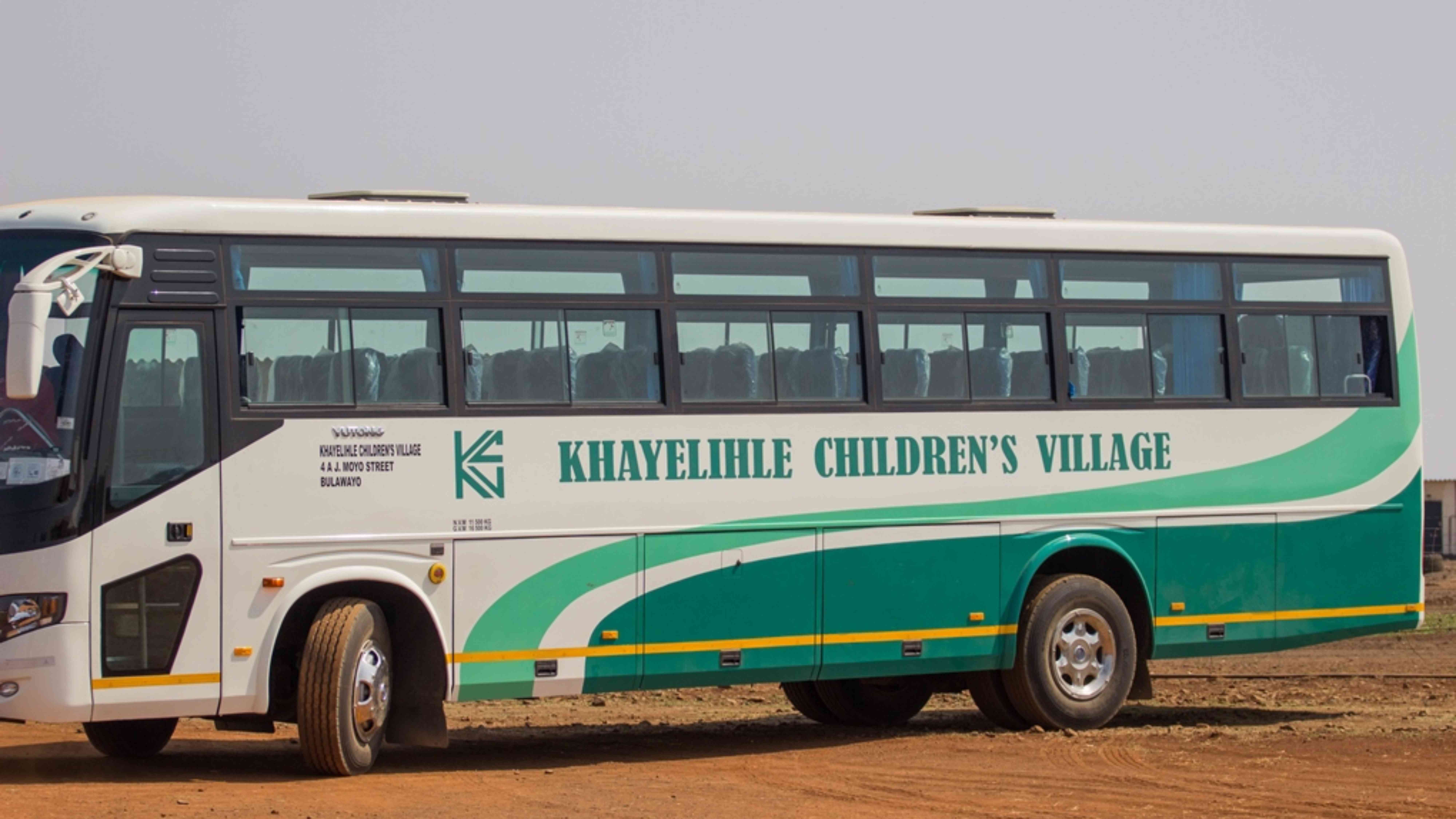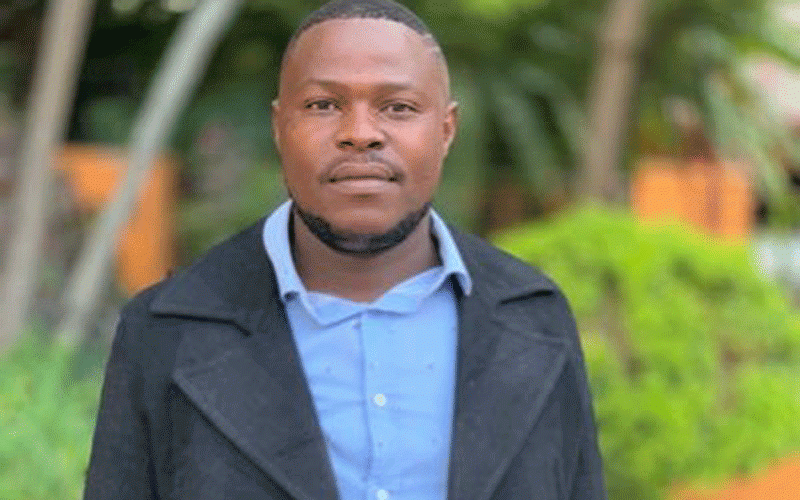
The global fight against gender-based violence is not a women’s issue; it is a human issue.
It affects us all: mothers and fathers, sons and daughters, brothers and sisters.
It is not just a story of women’s suffering, but of humanity’s slow forgetting of compassion, respect, and accountability.
Every day, from New York to Nairobi, from Harare to Hong Kong, violence continues to claim bodies, dreams, and futures.
And while women remain the most visible victims, men and boys are increasingly stepping forward as survivors too, often battling stigma, shame, and disbelief.
We live in a world that has learned to talk about pain, but still struggles to listen to it.
The truth is, both men and women are wounded by a culture that glorifies power over empathy and control over care.
The cycle begins in childhood: boys told never to cry, girls told to tolerate mistreatment for the sake of peace.
- R. Kelly sentenced to 30 years in sex trafficking case
- In Full: sixteenth post-cabinet press briefing June 14, 2022
- New-look Beitbridge border impresses financiers
- Abwa commissions milk plant
Keep Reading
These lessons, taught in silence, mature into violence. Breaking this pattern means teaching both genders that love cannot coexist with harm and that strength is not found in dominance but in dignity.
Around the world, movements are rising to challenge this culture of violence. Among them is the Purple Movement, a powerful global symbol of solidarity, compassion, and resistance.
Wearing purple has become an act of defiance, a color that stands for courage, justice, and the shared promise that no one should live in fear because of their gender.
The movement unites people across continents, reminding the world that ending gender-based violence is not about blame; it is about balance, education, and humanity.
The Purple Movement’s growing presence on social media and in communities worldwide shows the power of collective awareness.
It has mobilised artists, activists, and citizens to speak out against silence, to honor survivors, and to call out institutions that enable abuse.
What was once a whisper has become a global roar, proof that when humanity stands together, change begins?
But awareness must lead to action.
Governments everywhere need to strengthen and enforce laws that protect all survivors regardless of gender.
Too often, victims of violence face a second trauma when seeking justice: disbelief, humiliation, or bureaucratic delay.
Systems must evolve to treat survivors with dignity, provide accessible legal support, and ensure real accountability.
Education remains our greatest weapon. Schools must go beyond academics to teach empathy, communication, and emotional intelligence.
Lessons on consent and respect should be as central as mathematics or science. Faith institutions such as churches, mosques, and temples must preach love, not dominance, and accountability, not silence.
Media also carries an enormous responsibility. It must move away from sensational headlines and start portraying stories of violence as human crises, not scandals. Representation matters.
Show men as protectors, not predators. Show women as survivors, not victims. Normalise empathy, not apathy.
The digital era offers new hope. Technology can be used not only to expose abuse, but to prevent it.
Mobile apps that enable anonymous reporting, AI-driven early warning systems, and online therapy platforms are already helping victims across the world.
Creatives such as filmmakers, writers, musicians, and influencers must continue to use their art and platforms to amplify survivor voices, spark conversation, and promote collective healing.
Globally, we must also confront the emotional roots of violence, including untreated trauma, economic frustration, and the erosion of family values. Healing begins at home.
Family values grounded in mutual respect, care, and accountability must be restored. Parents should model love that listens and leadership that nurtures.
No one should fear being misunderstood, whether they are a woman escaping abuse or a man struggling with emotional wounds. Compassion is not a gendered trait; it is a human responsibility.
The purple ribbon, now seen in marches, classrooms, and digital campaigns, is more than a colour; it is a conscience. It reminds us that we are all custodians of one another’s safety.
The end of gender-based violence will not come from laws alone, but from a cultural awakening that redefines what it means to be human.
Let this be the generation that turns awareness into accountability, that raises boys who heal instead of harm, and girls who speak without fear.
The fight against gender-based violence belongs to all of us, not as men or women, but as people who still believe in humanity’s highest calling: to love without hurting.
“There is no excuse, no justification, and no space for gender-based violence anywhere in this world. The time for change is now.”









